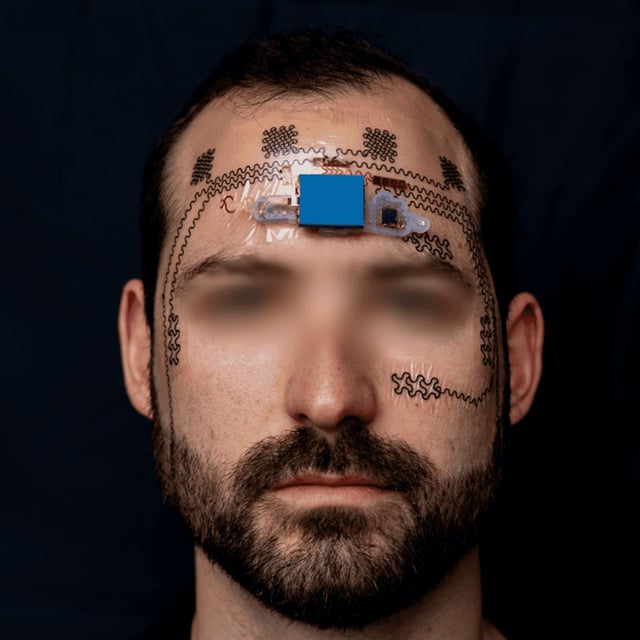Overview
- The ultra-thin tattoo wirelessly records EEG and EOG signals to capture brainwave and eye-movement data without bulky headgear.
- In trials with six volunteers performing escalating memory tasks, increased theta and delta activity marked rising cognitive load while decreasing alpha and beta activity signaled fatigue.
- A machine-learning algorithm trained on e-tattoo data successfully forecast participants’ mental overload before subjective exhaustion set in.
- With core hardware priced at about $200 and each disposable sensor at roughly $20, the system offers a fraction of the cost of conventional EEG setups.
- Current efforts focus on extending the technology to hairy scalp regions and embedding edge computing for real-time workload monitoring.

